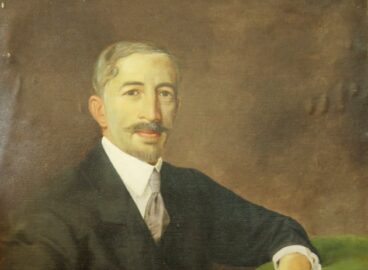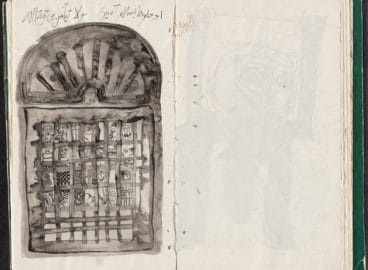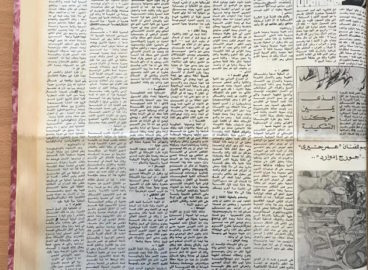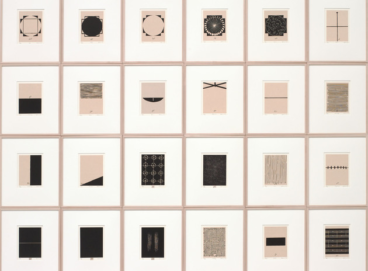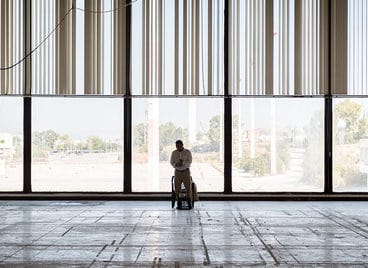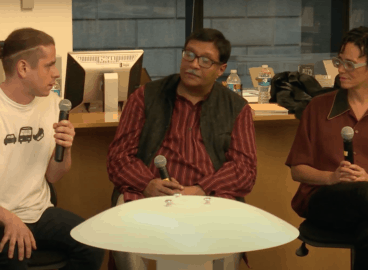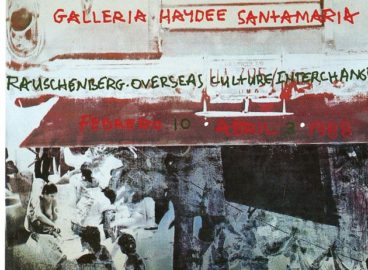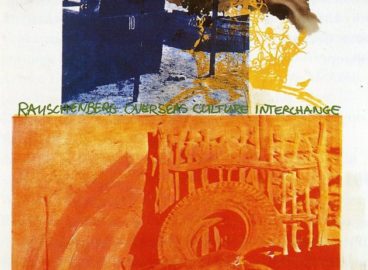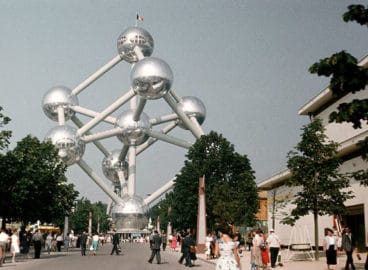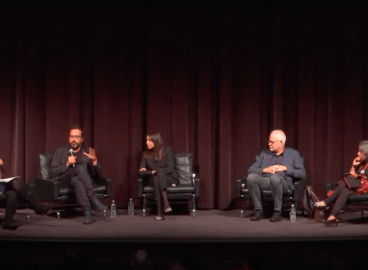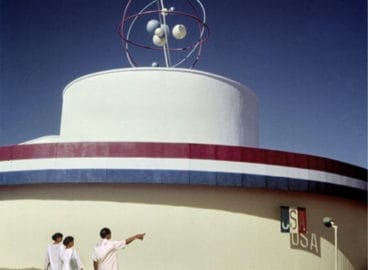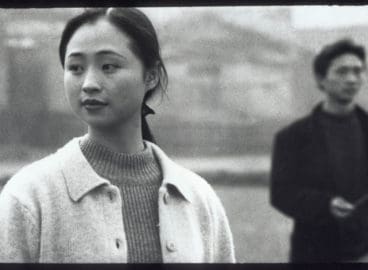Modern Art in the Arab World: Primary Documents – Visitors’ impressions of the 1933 Palestine Pavilion at the First National Arab Fair
The texts below are entries taken from the 1933 guest book from the first solo exhibition of the work of Zulfa al-Sa‘di (1905–1988), a young Palestinian female artist, held in the Palestine Pavilion at the First National Arab Fair, organized in Jerusalem under the auspices of the Supreme Muslim Council.
